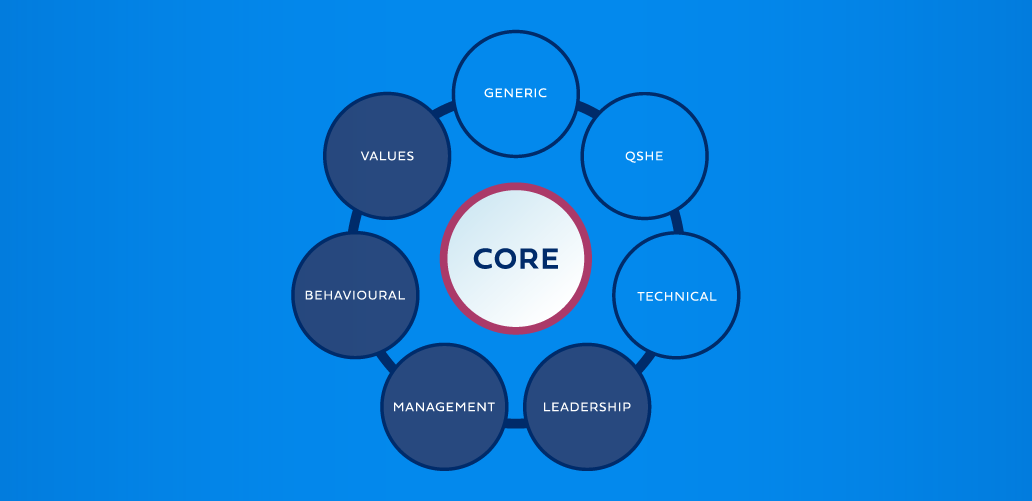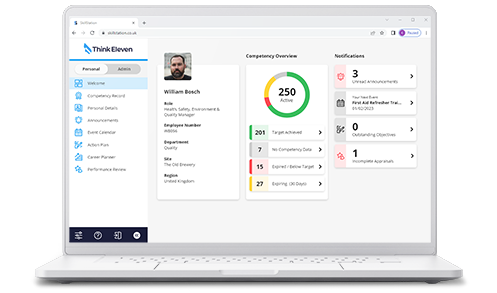Guess what? Most people want to do their best, fit in, get on with everyone, do a good job and feel appreciated/valued. So why is it that we sometimes feel that some of our employees, team and people are fighting against us and not with us? It’s really quite simple: ...
Avoid Creating Monsters – the crucial aspects of effective talent management and employee engagement.
Guess what? Most people want to do their best, fit in, get on with everyone, do a good job and feel appreciated/valued. So why is it that we sometimes feel that some of our employees, team and people are fighting against us and not with us?
It’s really quite simple:
1. Attracting and Retaining the Right Talent
Do not recruit people with the wrong technical, behavioural and values alignment in the first place. It will never work-out. Believe it or not, this is quite a common and a repeated mistake amongst many employers! Is your recruitment & selection optimised and fit for purpose to attract and select only the very best candidates? If you are only sifting CVs, conducting interviews then we need to talk, as you are probably 80% likely to get it wrong!
2. Honesty and Transparency
Do not oversell or exaggerate the role, organisation or both, making it sound far better than reality. In some ways like point 1, but from an employer and organisational perspective. This is also quite common. Organisations tend to present a rosier picture than reality, not the current state, but an idealistic representation of the organisation.
3. Lead, Engage and Manage
Make sure your leadership and management capability does not let you down. It is critically important when you have invested significant time, resource, and energy to attract the right talent into your organisation, that you lead and manage people effectively.
Possibly the most important factor to get right is employee engagement… buy-in.
Making people feel valued by developing effective strategies to authentically engage people in your organisational culture, values, mission, vision, and strategy. Nothing artificial or insincere, but genuine engagement of hearts and minds… employees that genuinely care about their role, colleagues, products/services, and the combined success of the organisation.
4. Clear and Well-communicated Purpose
Clarity of purpose across the organisation, is vitally important and often underestimated. Defining and communicating a clear overarching purpose will help to align the team around a common and coherent set of goals and objectives.
Communication is often the Achilles heel in many organisations. You can never have too much communication, providing that it is coherent, accurate and well executed/delivered. In the absence of good communication, the rumour mill takes over, and that is never a good thing!
5. Transformational Learning & Development
Effective and transformational training, learning and development should be a given. You need to invest time in the effective support and development of your people. This is not just about training i.e. courses. It is much more than conventional training.
Your approach should include coaching, mentoring, job shadowing, secondments, seminars, and the often-undervalued on-the-job training. The focus should be about selecting the right intervention and approach to support the growth and development of your people.
Quite often, the best approach can be low or zero cost. In-fact, you often have the expertise within your own organisation, you just need to identify it/them.
Lastly, all the above requires a standard:
6. Define what good looks like for your organisation
Where have you set the bar?
To achieve this, we recommend the development of an organisational Competency Framework. A clearly defined competency framework will provide a standard to measure/assess the whole person, not just their technical ability but how they will fit and perform within your teams and the overall organisation.
7. Make the time to make the difference
Ahh yes, “but there’s not enough time to do all of this” I hear you say.
Think of it this way - what is the risk of NOT dedicating more time to these critical areas?
It is your choice; do you enjoy creating and managing monsters?






